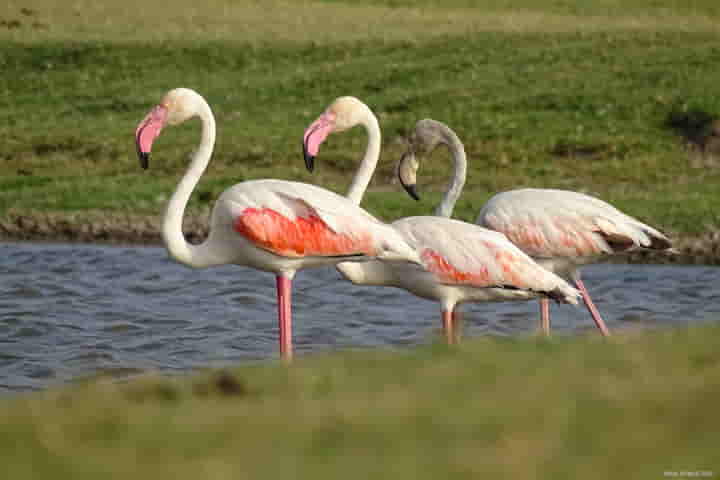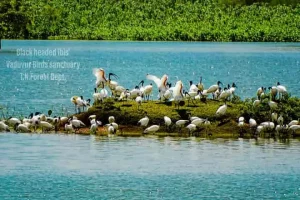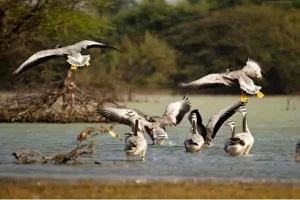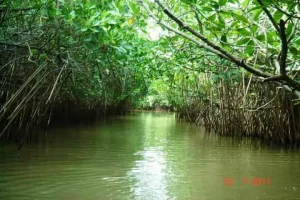In a heartening news for environment conservationists, the Union Environment Minister Bhupender Yadav, today announced the inclusion of four more wetlands from India as Ramsar sites. This recognition was given by the Ramsar Secretariat.
The sites that have been included are Thol and Wadhwana, both from Gujarat and Haryana’s Sultanpur and Bhindawas.
In a tweet message, Yadav expressing his joy on this inclusion said that it is Prime Minister Narendra Modi’s special concern for the environment which has resulted in improvement in the care for wetlands in the country.
PM Shri @narendramodi ji’s concern for the environment has led to overall improvement in how India cares for its wetlands. Happy to inform that four more Indian wetlands have got Ramsar recognition as wetlands of international importance. pic.twitter.com/HJayFUZDpl
— Bhupender Yadav (@byadavbjp) August 13, 2021
The inclusion of these four sites had made the total number of Ramsar sites go up to 46 and also increased the surface area covered to 1,083,322 hectares.
In case of Haryana, Sultanpur and Bhindawas are the State’s first two Ramsar sites, while for Gujarat the total number rises to three as Nalsarovar was declared a Ramsar Site in 2012.
The objective of the Ramsar list is to “develop and maintain an international network of wetlands which are important for the conservation of global biological diversity and for sustaining human life through the maintenance of their ecosystem components, processes and benefits”.

The role played by wetlands in the environment is vital. They provide important resources and ecosystem services including food, water, fibre, groundwater recharge, water purification, flood moderation, erosion control and climate regulation.
By soaking the rain water, the wetlands recharge the groundwater which is a major source of water.
Haryana’s Bhindawas Wildlife Sanctuary is the State’s largest human-made freshwater wetland and it is home to more than 250 bird species. Moreover, it supports over 10 threatened bird species including the endangered Egyptian Vulture, Steppe Eagle, Pallas’s Fish Eagle, and Black-bellied Tern.
At Sultanpur National Park there are more than 220 species of resident, winter migratory and local migratory waterbirds of which 10 are critically endangered. Among these are sociable lapwing, and the endangered Egyptian Vulture, Saker Falcon, Pallas’s Fish Eagle and Black-bellied Tern.
There are more than 320 bird species who are found in Thol Lake Wildlife Sanctuary and of these more than 30 are endangered including White-rumped Vulture and Sociable Lapwing , and the vulnerable Sarus Crane, Common Pochard and Lesser White-fronted Goose.
The fourth wetland, the Wadhwana Wetland provides wintering ground to migratory waterbirds, including over 80 species that migrate on the Central Asian Flyway. Some among them are threatened or near-threatened species like Pallas’s fish-Eagle, the vulnerable Common Pochard, and the near-threatened Dalmatian Pelican, Grey-headed Fish-eagle and Ferruginous Duck.

















